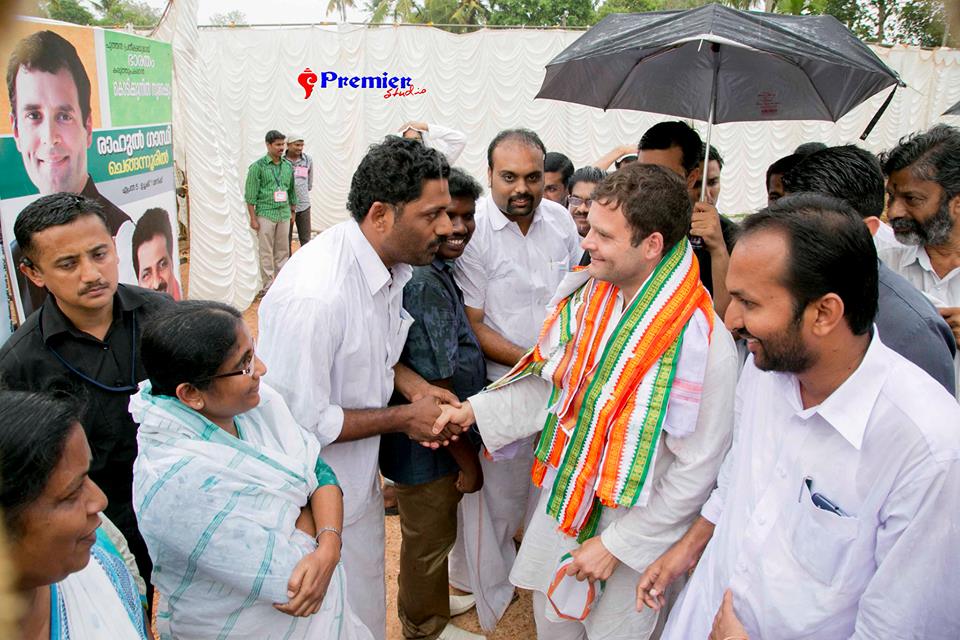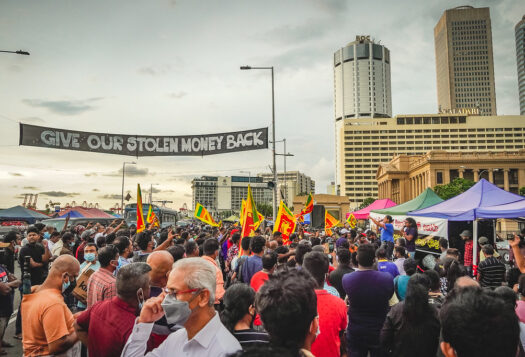
India’s elections, winding over the course of six weeks, came to an end on June 4 when the votes were finally tallied. The elections, held in seven phases, began on April 19 with the final phase on June 1. The size of the electorate and the need to provide security for the process are the main reasons Indian elections are as long as they are. This has been a feature of India’s national elections for quite some time.
The recent elections were held for the Lok Sabha, the lower house of the Parliament, which has a total of 543 seats. Under India’s parliamentary system, a party needs 272 seats for a majority in the Lok Sabha to form a government. In the 2019 election, the Bharatiya Janata Party (BJP) secured 303 seats by itself, a clear majority. Along with its partners in the National Democratic Alliance (NDA), the ruling coalition had 353 seats after that election.
Though wounded and their power somewhat diminished, Prime Minister Narendra Modi and the BJP are likely to be safe in the Parliament until the next elections, five years from now.
In the just-concluded elections, the BJP managed to garner only 240 seats, well below the 272 needed for a majority and much worse than its performance in either 2014 (282 seats) or 2019 (303 seats). Its partners in the NDA did not fare much better, either. Currently made up of over three dozen parties, they gathered another 53 seats for a total of 293 seats, which assures the coalition of a majority in the Parliament. This total is, of course, smaller than what the BJP got by itself in 2019.
Despite some rumors, the coalition is likely to be quite stable. Most of the coalition partners are small and insignificant parties that need the BJP more than the other way around. It does also include a few more important parties such as the Telugu Desam Party (TDP) from the southern Indian state of Andhra Pradesh (which won 16 seats); the Janata Dal (United) or JD(U) from northern Indian state of Bihar (which won 12 seats); and the Shiv Sena from the western Indian state of Maharashtra (with seven seats). However, none of these key partners by themselves can pull the government down by withdrawing support, which significantly reduces their bargaining power with the BJP. Thus, though wounded and their power somewhat diminished, Prime Minister Narendra Modi and the BJP are likely to be safe in the Parliament until the next elections, five years from now.

These results are somewhat surprising because the general expectation over the last several months has been that the BJP and the NDA would improve on its position in the Parliament. This impression was further heightened by exit polls released after the last phase of polling on June 1, which showed the NDA winning anywhere between 350 and 400 seats in the Parliament. The only cause for suspicion that the BJP was facing difficulties was the increasingly harsh and divisive rhetoric coming even from Modi in the last several phases of the election. That indicated that the BJP recognized that things were not going its way.
It is unclear what the specific policy consequences will be of this surprising result. On domestic politics, it is unlikely that dramatic or difficult policy initiatives will be undertaken for fear of negative electoral consequences. There are critical state elections coming up in the next year or so in Maharashtra, Haryana, Delhi, and Bihar, which would likely inspire caution. In Maharashtra, electorally one of India’s largest states, the BJP and its partners fared quite poorly in these elections. Moreover, its ally in Bihar, where the NDA did reasonably well, also wants early elections in the state to take advantage of the current favorable conditions, according to reports.
If caution is likely to limit dramatic domestic policy initiatives, external conditions are similarly likely to limit any significant changes in India’s foreign policy. Foreign policy is not particularly salient in Indian elections and the latest polls bear this out. There was a lot of effort to gain electoral dividends by projecting Modi as a global leader and India’s global leadership through events such as the G-20. Whatever the Indian electorate thought of these efforts, it appears not to have had much positive impact for the NDA, especially in places like Uttar Pradesh and Maharashtra.
It is also likely that the Modi government will be more cautious in its foreign policy behavior.
On the other hand, India’s international circumstances do not suggest major policy changes irrespective of who is in power in Delhi. India will have to continue balancing against China, which appears to be willing to give India no quarter. This also means India will have to continue strengthening its relations with the West and the United States, through partnerships like the Quad. There is also little domestic controversy over these broad themes unlike, for example, the Congress-led Manmohan Singh government, which was almost brought down because of the opposition of India’s communist parties to the India-U.S. nuclear deal.
It is also likely that the Modi government will be more cautious in its foreign policy behavior. Considering the demands of domestic electoral politics in the coming years, the incoming Modi government might not want a very heavy external agenda, especially one that seems to provide few returns at the polls.
Editor’s Note: A version of this piece originally appeared on The Diplomat and has been republished with permission from the editors.
Also Read: India’s Rhetoric on Gilgit Baltistan under the BJP
***
Image 1: Long Voting Queues via Flickr
Image 2: Rahul Gandhi via Wikimedia Commons


